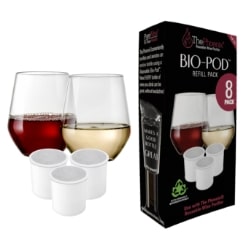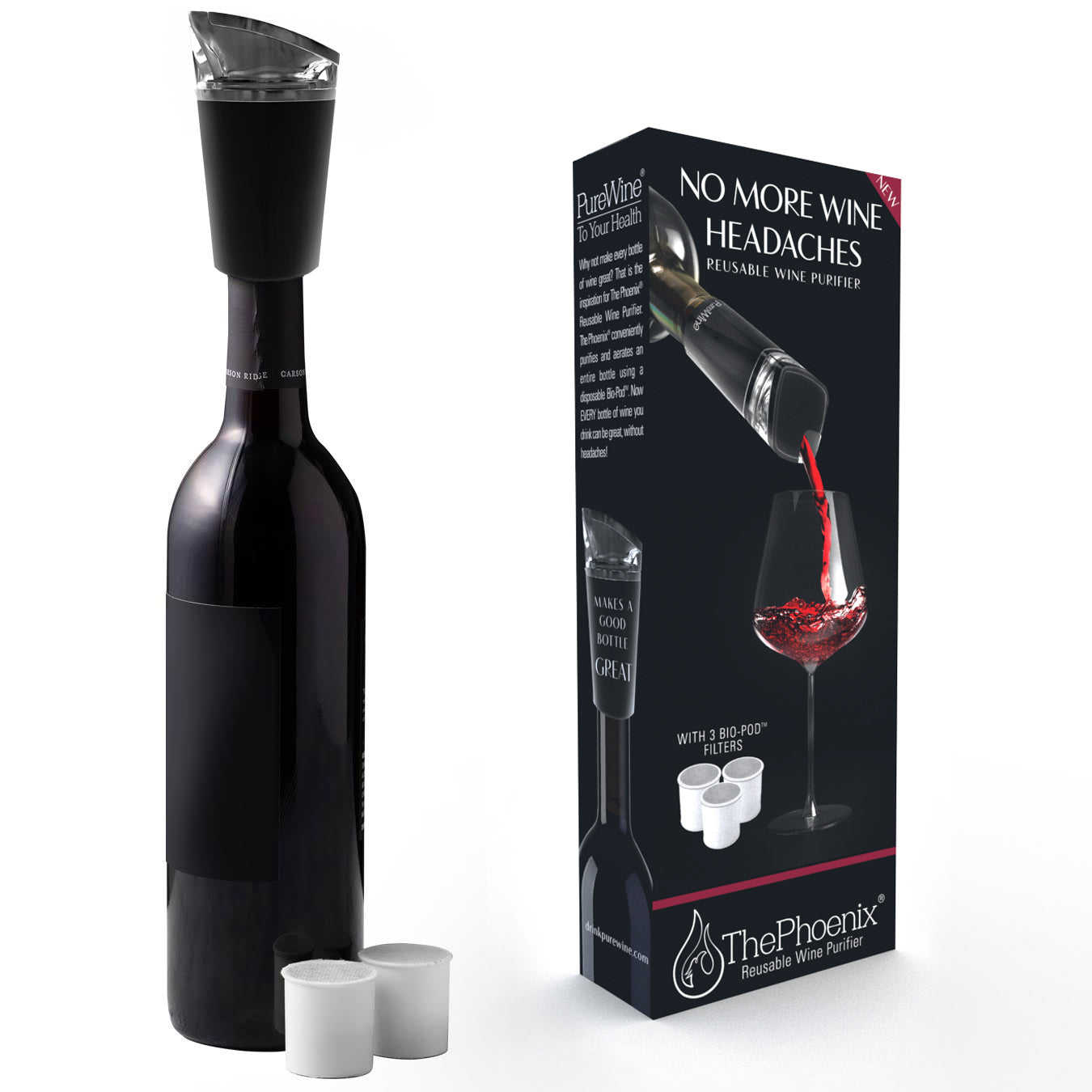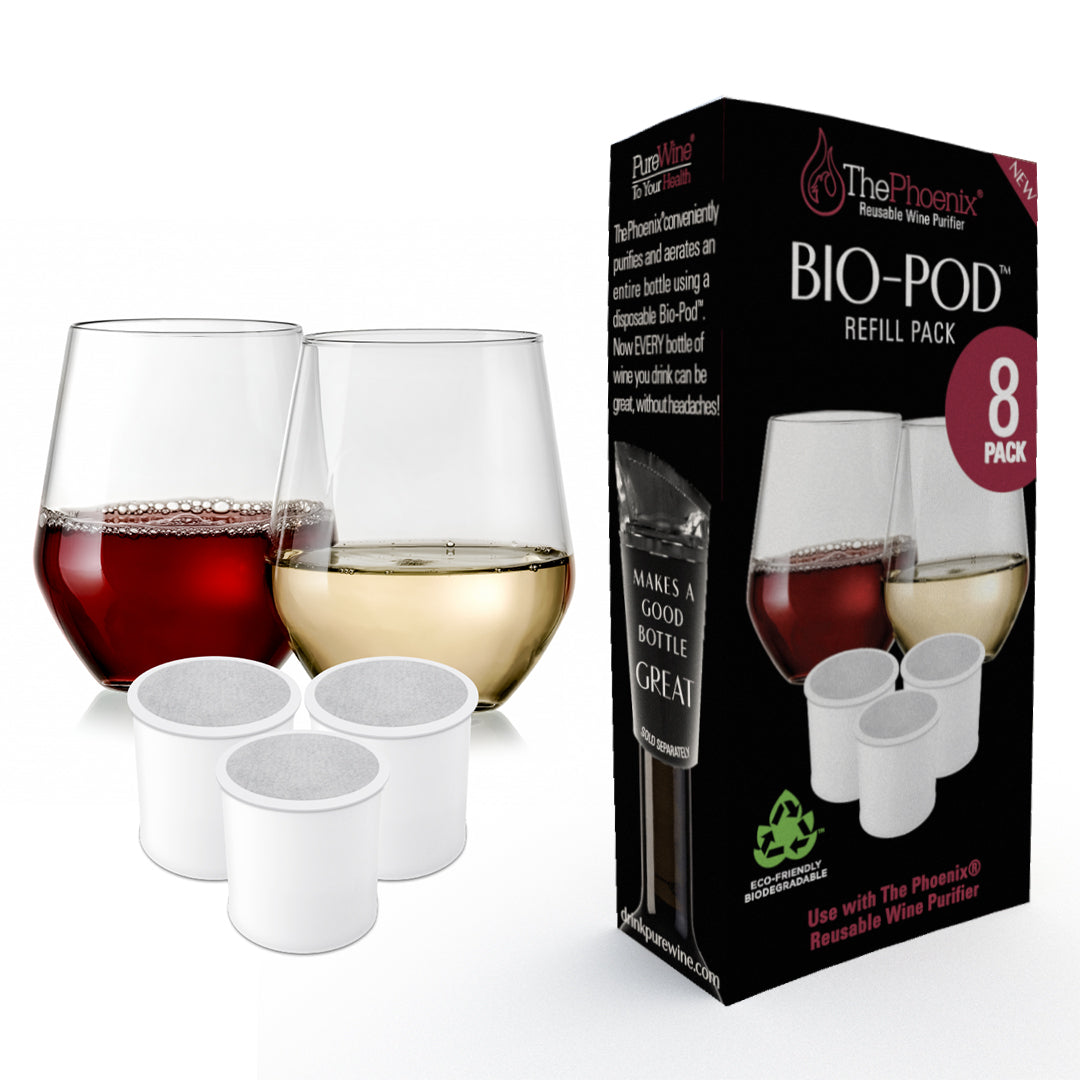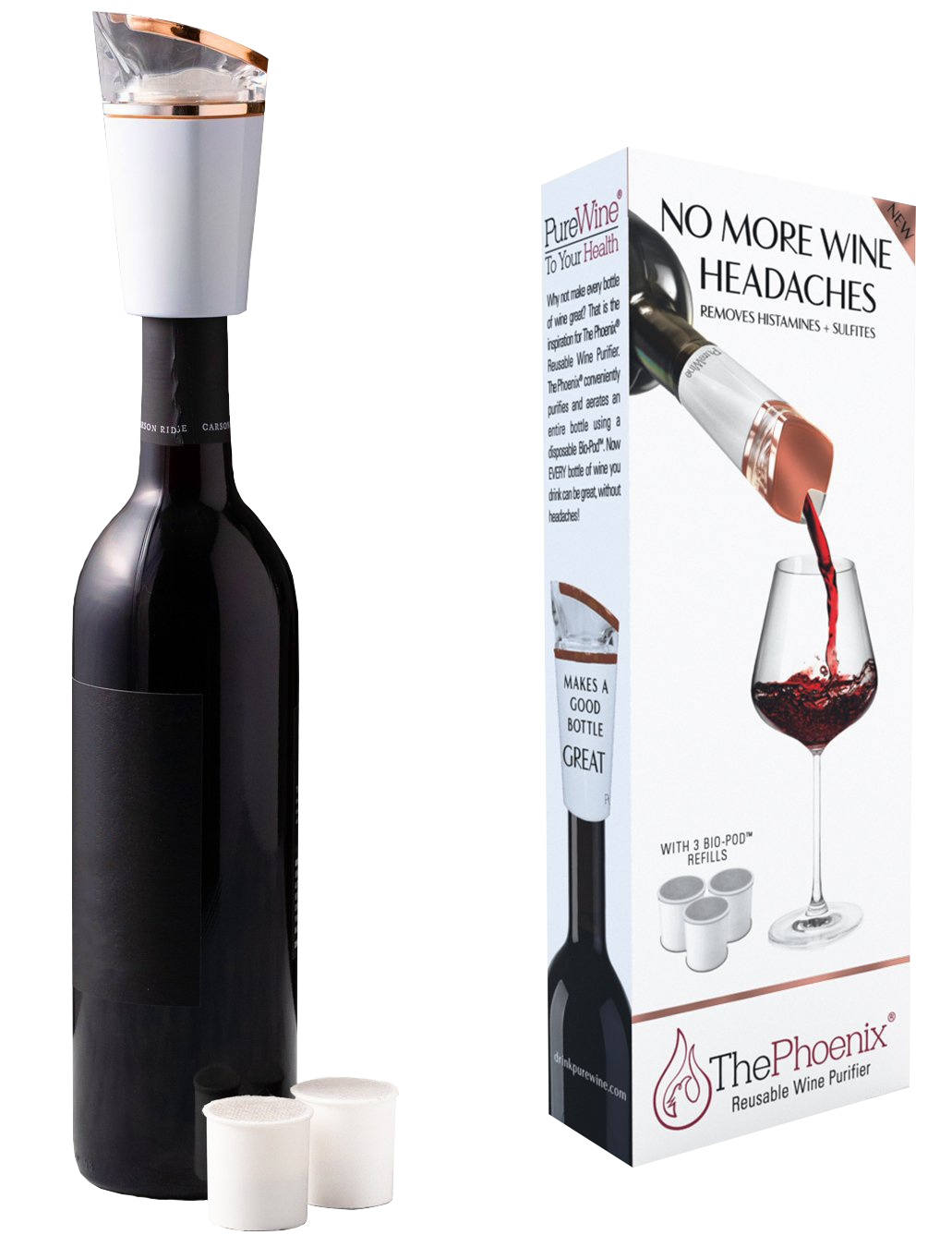The Reason for the Wine Sediment in Glass
Most of the time, we can enjoy a nice glass of wine and rest assured that the only thing left in the glass will be a satisfying red stain. However, now and again, under close inspection you’ll find a collection of particulates left behind. It’s hardly appetizing (to say the least), and it’s certainly not something you want to eagerly consume – but what exactly is this sediment left in your wine glass?
In this article, we’ll discuss the reason for this occasional residue, as well as what it means for you.
What is Wine Sediment? - Don’t Panic
If you do come across some unappealing wine residue in the bottom of your wine glass, you need to understand that it’s nothing to worry about. Your $75 bottle of Bourgogne Blanc is still perfectly good, and you needn’t worry that you’ve been poisoned by the maître d'. You've merely come across a deposit of all-natural tartrate crystals, or a bit of yeast sediment left over from the winemaking process.
Tartrate Crystals In Wine – What are They?
Tartrate crystals are small clear particles of potassium or calcium bitartrate that have bonded together and separated from the wine. Though it is most noticeable in red wine (due to the color), it is actually more common in white wine – especially if it has been refrigerated for an extended period of time.
If you think back to high school, you’ll remember that heat is an essential element in causing substances to dissolve. Cold, on the other hand, can cause them to recrystallize again. You see this happen every day when you make ice cubes, so it shouldn’t surprise you to see the same process taking place with your wine.
A Bit of Wine Chemistry
Two of the main components of grape juice (the starting point of all wine) are tartaric acid and potassium. These typically combine into crystals during the fermentation process, when yeast turns the grape sugars into alcohol. To prevent large particles of these compounds from forming, most wineries will use a process called “cold stabilization”, which helps remove the tartrate crystals from the solution before the bottling process.
As an interesting side note, the crystals left in the tank after the wine is removed are usually repackaged and sold as "cream of tartar," which can be used in baking and in different cleaning solutions. Unfortunately, sometimes the crystals get added to the bottles of wine. When this happens, they can either redissolve into the wine or settle unseen at the bottom of the bottle. If the bottle of wine is exposed to excessive cold over a long period of time, then the crystalline particles can begin to reappear in the wine.
Red Wine Sediment vs. White Wine Sediment
It's worth noting that the vast majority of wineries only cold stabilize their rose and white wines, not their reds. This is because most red wines are aged on top of dead yeast particles (known as "lees") for several weeks before being bottled. This gives them a chance to shed all their tartrates, reducing the likelihood that the tartrates will form later on. White wines, however, rarely enjoy such a long aging process so are prone to form precipitates. Similarly, most red wines aren't chilled, so they are far less likely to have tartrate crystals appear post-bottling.
Sediment in Red Wine
That said, well-aged red wines can retain some of the spent yeast (lees) and other dark colored dregs during bottling. This is a completely different type of sediment, and it is 100% unique to red wine. Remember, reds are the result of fermenting whole grapes – skin, juice, seeds, and pulp. These particles can’t just dissolve into the wine like tartrates do. While most are removed during aging and filtration, some remain in the bottle. Frequently, they will fall out of suspension as the bottle sits on the shelf. In some cases, you can even see a long strip of dark sediment on the side of a resting bottle!
How to Remove Sediment From Wine
Neither yeast nor tartrate crystals will hurt you if you drink them, but their bitter taste can ruin the wine drinking experience for you and your guests. Luckily, you can remove both very easily with a variety of methods.
Decanting Wine Sediment
The most straight forward approach is called decanting. To begin the process, first stand the bottle upright for several hours before it will be served. This causes all the sediment to settle to the bottom of the bottle. Next you will need to pour the wine very slowly into a secondary vessel or large glass decanter, so the sediment remains at the bottom of the bottle.
Aerator & Wine Sediment
There are a variety of wine screens that come in all shapes, sizes and in combination with other accessories that can filter out the sediment as the wine is being poured. The mesh size of the screens must be fine enough so even the smallest particles are removed. Screens are often integrated into decanters, aerators, pour spouts, pumps, etc. so they are convenient to use. These screens are also able to remove small fragments of cork that may have broken off and fallen into the wine bottle.
Decanters are inexpensive and can be a nice gift for any budding wine expert. In the end, your dinner guests will be very impressed that you can tell them all about the gunk in their wine, but they’ll be more impressed if you can remove it!
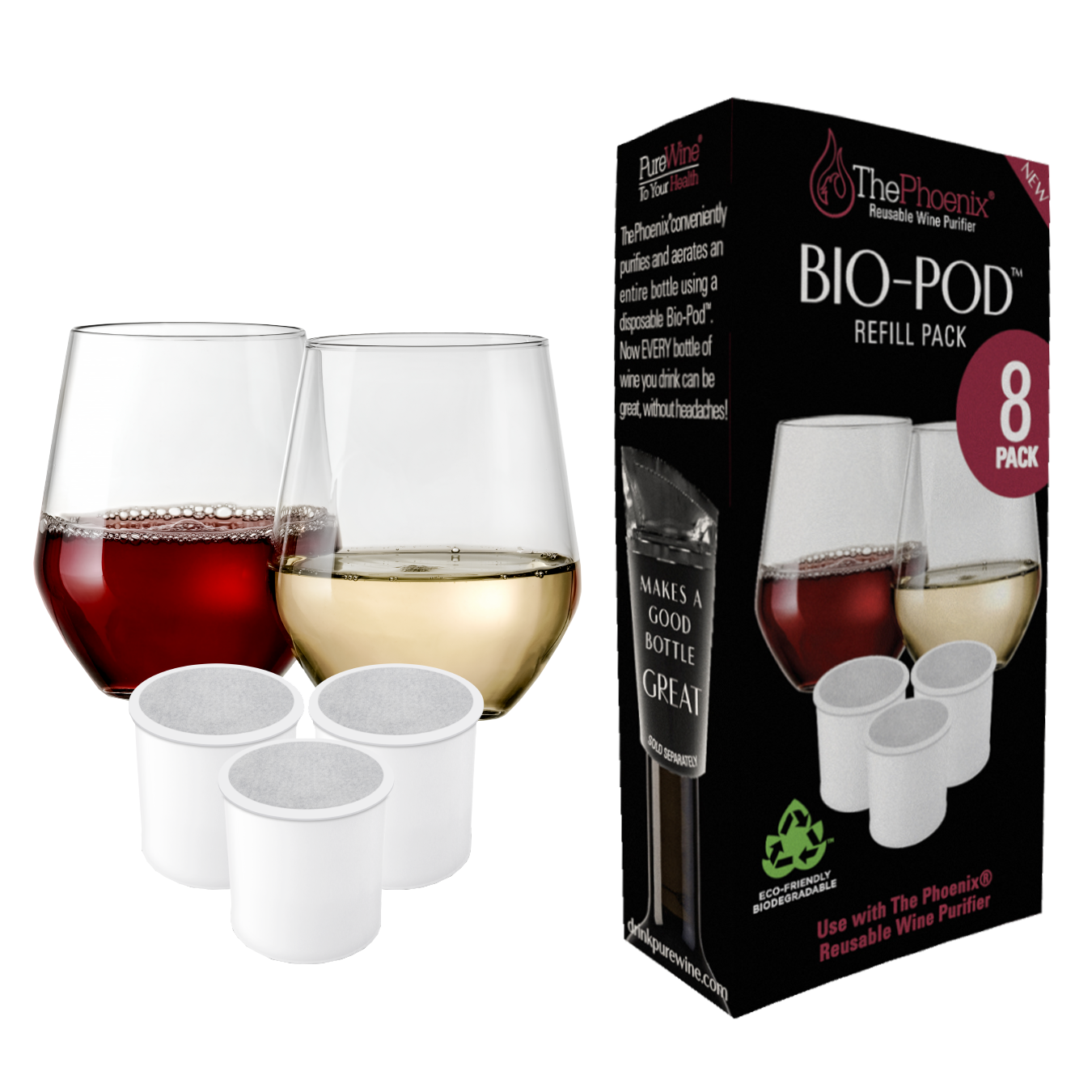
 (20 reviews)
(20 reviews)


